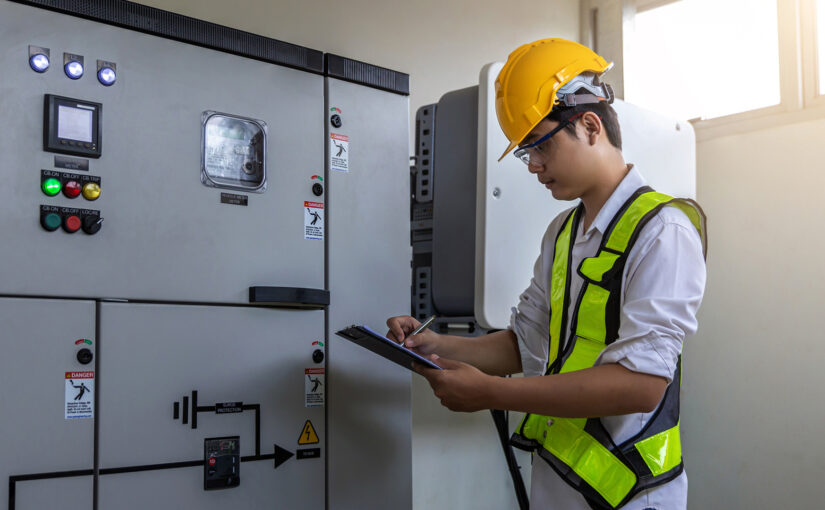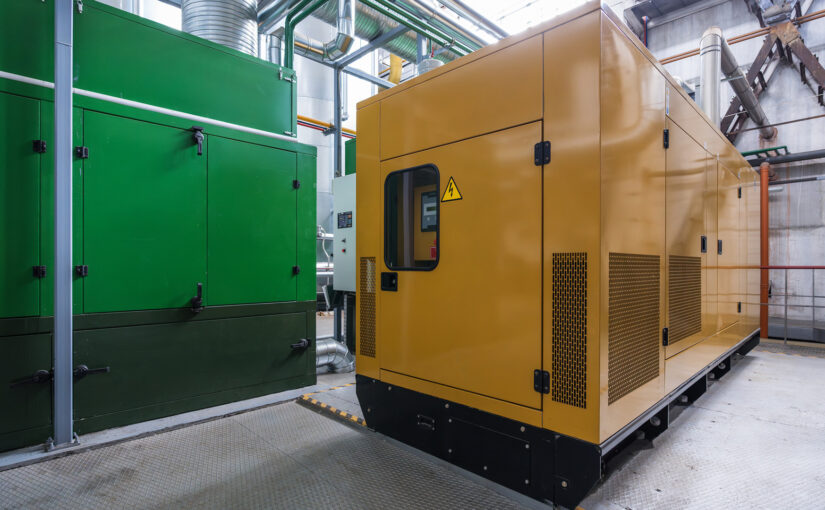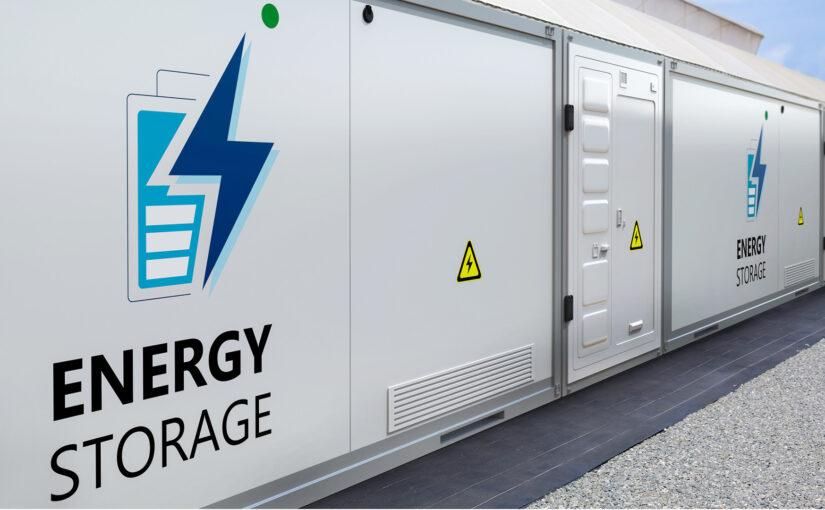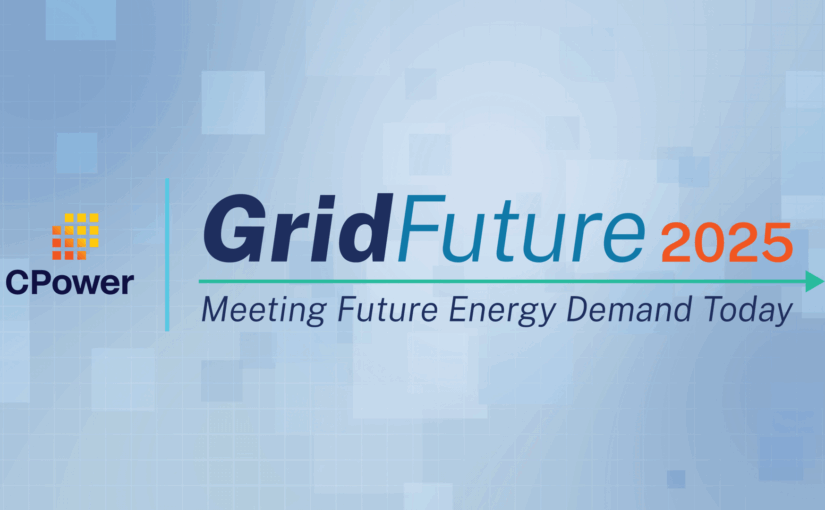CPower Boosts Revenue for Customers While Improving Grid Reliability in New York
Aging Controls Block Demand Response Revenue
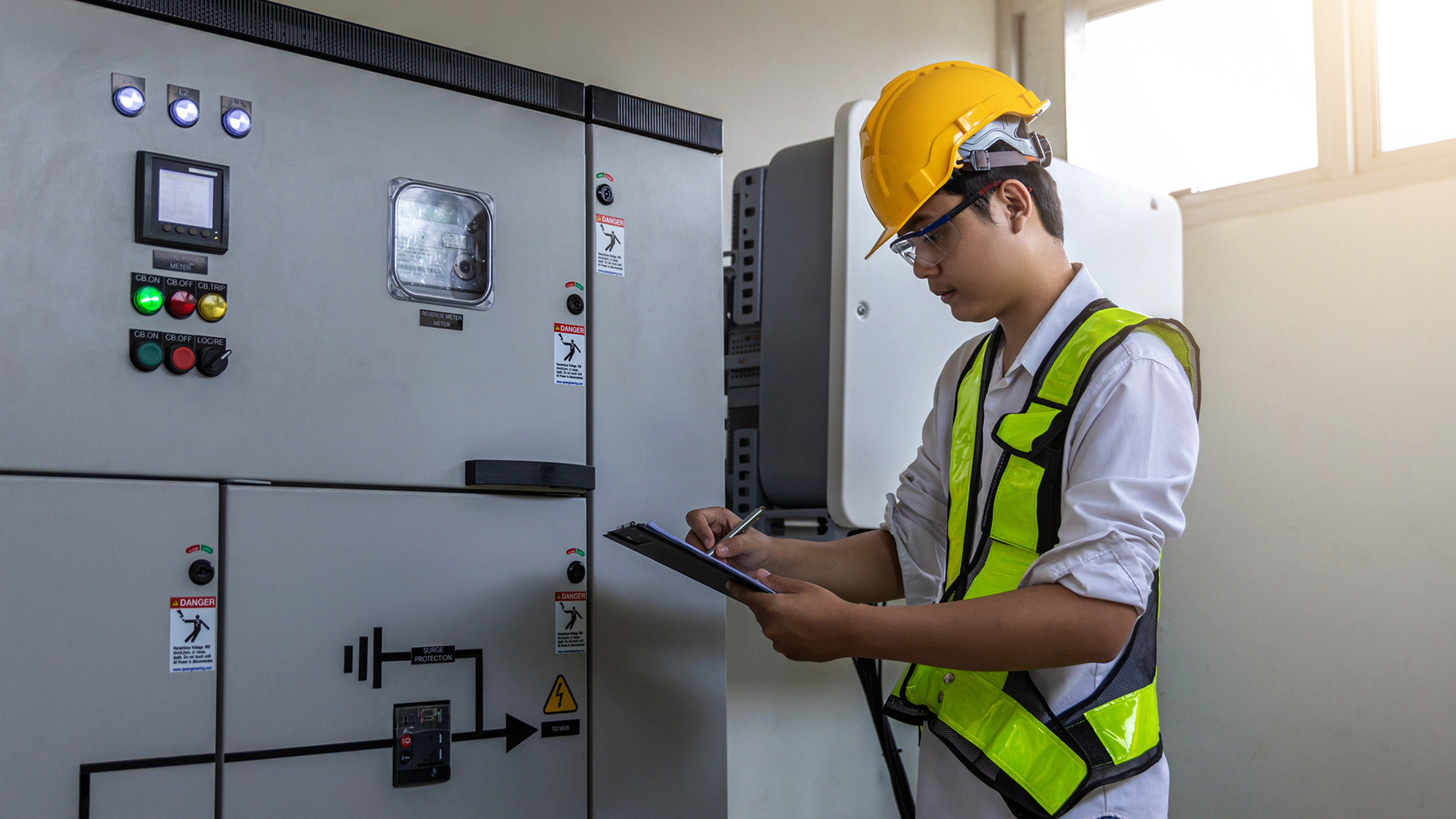
We’re excited to have our technology partner Energy IQ contribute this guest column for The Current.
As 2026 capital plans take shape, one issue keeps showing up in industrial and large commercial facilities: aging control infrastructure. This keeps companies from earning more demand response (DR) revenue because they cannot seize opportunities.
For when capacity markets tighten and DR programs pay more, facilities that respond fast are rewarded while those that don’t can be effectively sidelined. Such is the case in PJM, for example, where capacity prices have jumped sharply and FERC has approved a broadening of the window for DR participation to enhance grid reliability and resource adequacy.
Why legacy systems struggle
Missed opportunities often come down to a customer’s controls. Slower respondents tend to rely on building management systems (BMS) and supervisory control and data acquisition (SCADA) systems designed for monitoring, trending and alarms; not for fast, coordinated curtailment across multiple loads.
This dependence creates four common barriers to DR participation:
- Slow polling/refresh rates. If the system only updates every 30–60 seconds, it can’t reliably meet DR program response requirements that expect action in minutes (or sometimes less).
- Limited connectivity. Older controls often can’t talk natively to modern DR platforms or aggregators without an intermediate layer.
- Manual steps. When operators have to make the calls, flip the points or pick the loads, human delay and human error enter the process—this is where revenue gets lost.
- Insufficient event data. Without automated logs of what was shed, when and for how long, settlement and payment can be slow or disputed.
The result: facilities with perfectly good mechanical and electrical systems still miss out on what could be six-figure (and in some industrial cases seven-figure) annual DR opportunities, simply because the controls can’t prove or execute the event.
A practical modernization pattern
The good news is that most sites don’t need a full rip-and-replace to participate. Rather, a common approach in DR programs is to insert an integration/translation layer that does four jobs:
-
- Bridges between existing building automation system (BAS)/SCADA and the DR platform (for example, a CPower-managed program);
- Issues automated, pre-engineered load-shed commands in minutes;
- Coordinates with production or comfort sequences so operations aren’t disrupted; and
- Generates real-time visibility and post-event data so settlement is straightforward
This middle layer is what brings an older plant “up to program speed” without a capital-heavy BMS replacement.
Illustrative result
In one industrial project, CPower worked with Energy IQ to implement an integration layer at a 100 MW steel plant. This solution allows the site to predefine a load-shed sequence and reliably drop a large portion of load (30 MW) in under 10 minutes, making participation in DR programs requiring faster responses viable and creating a meaningful new revenue stream. The key enabler was the modernization between the facility and the DR platform.
What to evaluate
For organizations participating in, or considering, programs like Synchronized Reserves, Capacity Performance, or other fast-responding DR products, the most useful next step is a controls-readiness assessment:
-
- Current polling/refresh rates
- Protocols available (BACnet/IP, Modbus TCP, MQTT, etc.)
- Loads that can safely be automated
- Data available for M&V/settlement
- Integration points with the DR platform
From there, the team can right-size an integration project and prioritize “fastest revenue” loads first.
One Final Point
Grid operators reward speed, automation, and reliability. Facilities that demonstrate those three things will continue to have access to higher-value DR opportunities. Conversely, facilities limited to manual response or slow controls will find themselves watching from the sidelines even if their actual load is large.
Newsroom
CPower’s VPP Customers Deliver 38 GWh of Critical Grid Relief
Areas We Serve
EPA’s Backup Generators Clarification Explained – And What it Means for the 50-Hour Rule for Demand Response
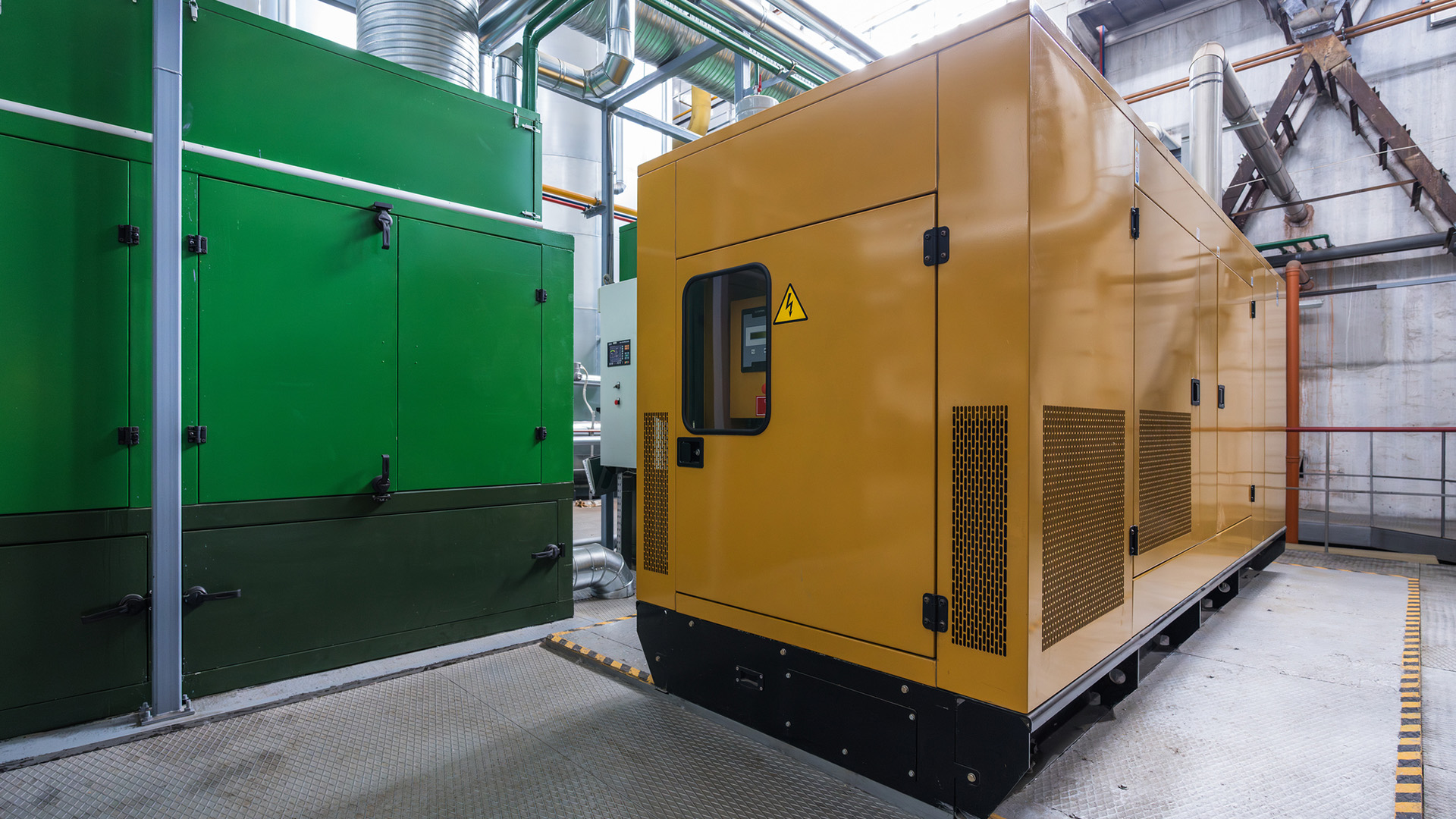
The U.S. Environmental Protection Agency’s recent interpretation on using emergency backup generators in demand response programs does not change the existing prohibition in United States wholesale markets, such as PJM. Emergency generators must still meet federal non-emergency standards to participate in demand response in wholesale energy markets, despite some misinformation that has circulated on the topic.
There is some indication that the federal government may consider a change in the future, but it has not yet done so or indicated what such changes may entail. Until that occurs, federal, state and local air quality agencies are bound to enforce current regulations, which carry serious penalties for violations.
The confusion started in May of this year, when the EPA issued an interpretation approving a Duke Energy emergency backup generator program in North Carolina and South Carolina. Some have mistakenly interpreted the EPA’s announcement as changing the current prohibition that has been in place for over a decade. It did not. The EPA approval was expressly limited to an existing regulation applicable only to local entities such as a utility addressing strictly local reliability problems.
Duke Energy in the Carolinas is not part of a wholesale energy market, also known as an Independent System Operator or Regional Transmission Organization (ISO/RTO). Wholesale markets cover many utility service territories across a broad region. Neither the EPA interpretation nor the existing regulation applies to programs operated by wholesale markets such as PJM. Moreover, a 2014 federal appeals court decision that removed emergency generator participation in wholesale market demand response programs has not been reversed.
The EPA interpretation was explicitly limited to Duke Energy in its capacity as a local balancing authority (LBA) and its dispatching of participating generators for local transmission and distribution system support. An LBA includes a utility that does its own balancing across a localized area such as a single utility.
In contrast, PJM is a regional balancing authority that dispatches across the regional transmission network and many utilities and does not provide balancing within local distribution systems. Because the EPA’s 50-hour rule for enrolling generators requires a demand response program to be managed by a local balancing authority (which Duke Energy is, but RTOs and ISOs are not), emergency generators in these wholesale markets must still meet federal non-emergency standards to participate in demand response.
The following answers to frequently asked questions are based on CPower’s review of the EPA’s guidance on the Duke Energy program and similar reviews by environmental consulting firms.
What did the EPA do in May?
On May 1, the EPA released clarifying information in the form of FAQs with specific guidance “to help ensure data centers and power companies have reliable power” for artificial intelligence (AI). In doing so, the agency stated that it had determined that Duke Energy’s demand response program met the criteria for enrolling stationary emergency engines in response to the utility’s request for interpretation.
What did the EPA say about using backup generators to maintain grid reliability?
According to the fact sheet released by the EPA, the agency understands that backup generators powered by stationary reciprocating internal combustion engines (RICE) are important for maintaining the reliability of the electric grid. It expects these generators to become even more important as the demand for electricity increases.
The EPA also noted that regulatory provisions allow emergency engines to operate for up to 50 hours per year in non-emergency situations if all of the following conditions are met:
-
- The local balancing authority or local transmission and distribution system operator dispatches the engine.
- The dispatch is meant to mitigate local transmission and/or distribution limitations and avert potential voltage collapse or line overloads that could lead to the interruption of power supply in an area or region.
- The dispatch follows reliability, emergency operation or similar protocols that follow specific North American Electric Reliability Corporation (NERC), regional, state, public utility commission or local standards or guidelines.
- The power is provided only to the facility itself or to support the local transmission and distribution system.
- The owner or operator identifies and records the entity that dispatches the engine and the specific NERC, regional, state, public utility commission or local standards or guidelines being followed for dispatching the engine.
What does the EPA’s clarification mean for demand response programs in wholesale energy markets such as PJM?
Nothing has changed yet to allow emergency generators to participate in PJM or other wholesale market demand response programs. As previously stated, the EPA clarification did not apply to demand response programs run by RTOs or ISOs because it emphasized Duke Energy’s role as a local balancing authority and its dispatching of participating generators for local transmission and distribution system support, per the EPA’s 50-hour regulation. ISOs and RTOs such as PJM are not local balancing authorities.
However, the clarification does signal heightened, and perhaps unprecedented, interest in harnessing distributed energy resources such as backup generators to increase grid flexibility and reliability. Given shifting rules and programs, plus heightened price signals and improved economics, CPower’s expert team continues to track regulations and policies closely. We will inform customers if the EPA issues further guidance or makes changes.
If you would like to learn more in the meantime, read this CPower whitepaper: Generating Revenue with Your Emergency Generation: How to Reclassify Assets as Non-Emergency Generation.
PJM’s Frequency Regulation Update: What Do the Changes Mean for Large Energy Users?
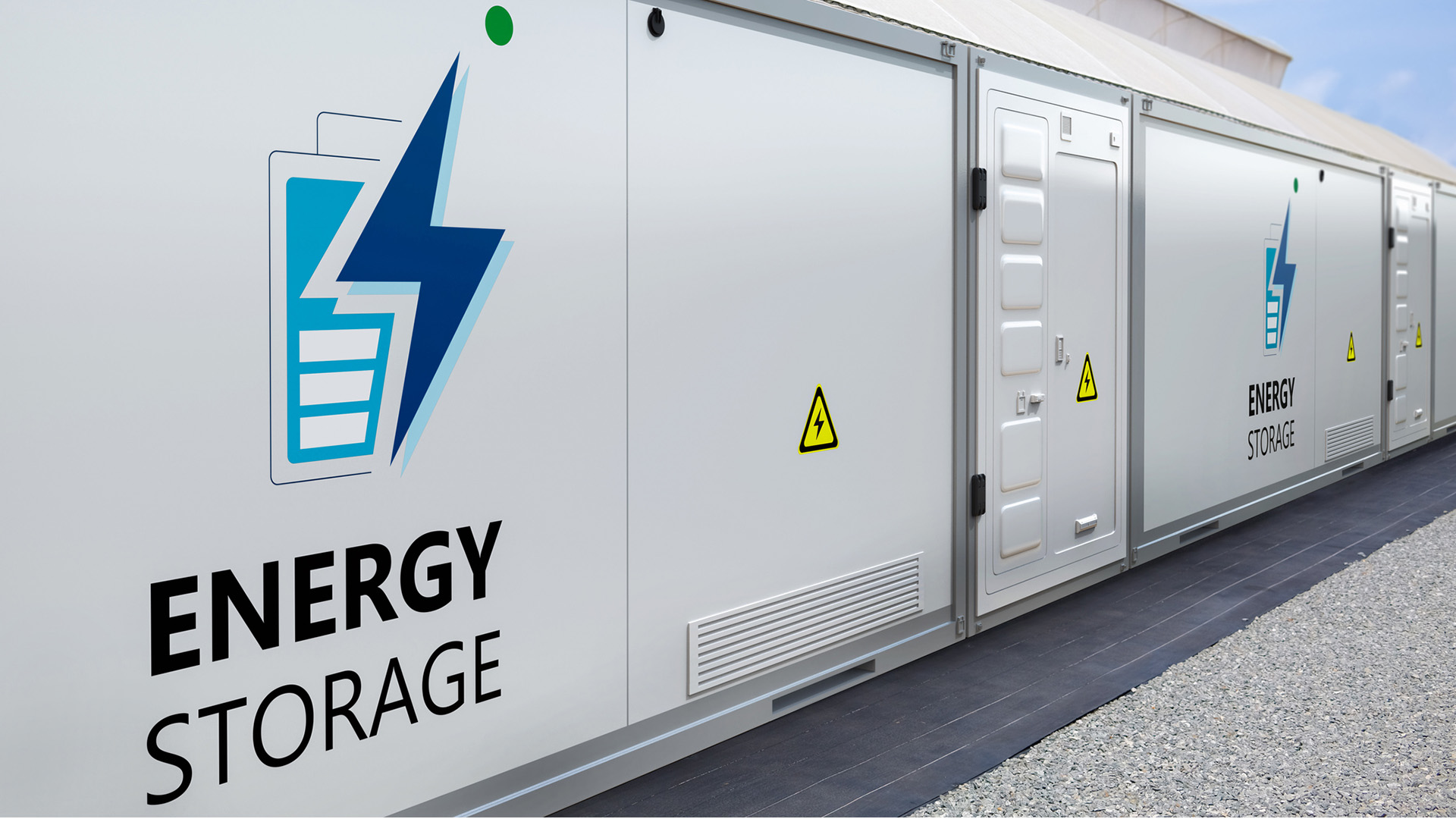
Today, PJM, North America’s largest grid operator covering DC and 13 states across the Mid-Atlantic and Midwest, updated the design of Frequency Regulation. Frequency Regulation is part of PJM’s ancillary services to maintain a precise balance between electricity generation and consumption on the grid’s transmission system.
Specifically, PJM’s Frequency Regulation program is available 24/7/365, and customers are rewarded for their ability to perform quickly and keep the grid steady at 60 hertz. When demand suddenly spikes or generation drops, PJM calls on CPower’s customers with flexible resources like batteries or quick-responding generators to respond quickly and restore balance. You can think of Frequency Regulation like a car’s shock absorber, smoothing out bumps on the electric grid. Because it requires fast response and precision, Frequency Regulation is one of the highest-value grid services available to energy users who can provide it.
What’s Changing with Frequency Regulation
As of Oct. 1, 2025, PJM is rolling out Phase One of its Frequency Regulation changes to streamline dispatch and reduce complexity for participants, shifting from two signals (RegA and RegD) to one merged bidirectional signal. Frequency Regulation will also shift from hourly to 30-minute offer intervals.
Looking ahead to Oct. 1, 2026, PJM will make further changes to the Frequency Regulation program with the implementation of one signal and two products: RegUp and RegDown. CPower will keep our customers informed as we get closer.
Turning Flexibility into Profit
PJM’s Frequency Regulation changes mean that the energy assets you already own, like batteries and quick-responding generators, can generate revenue with less operational complexity. The new rules streamline how resources are dispatched and put a premium on fast, accurate response, which plays directly to the strengths of a battery and other flexible technologies. It’s also a chance to turn grid support into more reliable revenue without significant changes to your operations.
Complexity Simplified with CPower’s EnerWise
CPower has updated its EnerWise platform to align with the latest changes from PJM, helping you maintain compliance and supporting your continued participation and success in PJM’s Frequency Regulation program. EnerWise helps you increase returns without any major changes to your operations or constraints. Our role is to make market participation easier, so you can focus on your core business while your assets generate value.
PJM’s Frequency Regulation updates are part of a broader trend: flexibility is becoming central to the future of the grid. As demand patterns shift, resources that can respond quickly will be increasingly valuable.
If you’re a DER project developer or a large energy user wanting to learn more about Frequency Regulation or other programs in PJM, please contact us.
CPower Recognized as Leader in Virtual Power Plant Market for Third Year in a Row by Wood Mackenzie
Building Power Supply Isn’t the Only Way to Win the AI Race

The “AI Race” is seen as this decade’s Space Race: a signal of American leadership and competitiveness globally, and a key priority of the Trump administration. There are significant economic ramifications as well, with the U.S. AI market having the potential to measurably impact GDP beginning in 2027.
However, the future of mega-energy-intensive industries like AI depends on our power grid. Therefore, the country risks missing out on an AI economic wave — over $100 billion in market growth over the next five years — due to a lack of energy.
This potential lack of energy is somewhat of an elasticity issue. If you were to think of the grid as a rubber band, in its current form, it can stretch to accommodate more demand, but only if pulled in the right way, at the right times. That is, in meeting the need for electricity during the approximately 40 hours a year that the grid is stretched thin to its full capacity, we could unlock new capacity to expand critical industries like AI.
However, instead of strategically stretching the grid periodically as needed, regulatory conversations and political action to address our supply and demand imbalance tend to emphasize putting steel in the ground: building more of the supply-side and grid infrastructure solutions that the power industry has relied on for decades.
Even with President Trump’s efforts to accelerate new energy generation, building nuclear and natural gas power plants are still long-lead, capital-intensive projects that are a 15-year solution to a five-year problem. U.S. electricity demand is projected to grow 25% by 2030 compared to 2023 levels, outpacing supply and pushing power prices up as much as 40%.
We need immediate solutions to compete in the global AI race, and there are untapped gigawatts of power already available in our current electricity system. Instead of only adding supply, we can also reduce peak demand by aggregating large, flexible loads and other customer-sited energy assets into virtual power plants (VPPs).
Estimates gauge that this approach would unlock nearly 100 gigawatts of growth potential on our grid. Adding that same amount of capacity by building new natural gas plants would cost close to $100 billion and take years — if not over a decade — to achieve. Able to be deployed in months without costly infrastructure investments, VPPs provide flexibility to our existing grid by using customer energy assets such as flexible load reduction, battery storage systems, solar panels and smart thermostats to level supply and demand. They currently provide 30 GW to 60 GW of capacity in the U.S. — about 6-12% of the country’s total natural gas capacity — but VPPs have not reached their full potential. The Department of Energy has reported that accelerating VPP deployment to reach 80 GW to 160 GW can support the rapid rise in energy demand and help reduce price spikes.
Turning our AI ambitions into reality requires regulators and policy makers to prioritize VPPs as a competitive edge in the AI race and enable our existing grid to support more economic growth.
First, we need to incentivize energy flexibility among large energy customers. If new demand drivers, like AI data centers or crypto-mining facilities, join VPPs and participate in demand-side flexibility programs, they can access the energy they need faster, support the grid, and drive economic growth in the U.S. Those same VPPs also serve as opportunities for all types of large energy users to enroll and offset their rising energy costs. Regulators should embrace this VPP participation, which meets demand by stretching the grid. For example, in Texas, Senate Bill 6 was approved by legislators and will require new large loads like data centers to participate in load management — a model we may see other parts of the country adopt.
Second, we need to lift key restrictions on VPP participation. Despite FERC Order 2222, which was designed to promote VPP participation, implementation in some power markets has fallen well short of FERC’s vision. Regulators can encourage increased VPP enrollment by ensuring customer energy assets can participate in multiple grid programs simultaneously and by allowing local utilities to dispatch VPPs.
And finally, we need to push for improved access to meter data. In the U.S., many electricity customers have a smart meter that produces real-time data about their power consumption, but most utilities restrict access to this data. If state and energy regulators helped give VPP operators and their customers better access to non-sensitive meter data, it could spur faster payments for participation, more customer sign-ups and an acceleration of available distributed resources across the country.
In short, it’s high time we cut the bias and treat distributed energy as equivalent to supply-side solutions. A dispatched demand reduction through a VPP is functionally identical to a dispatch of increased generation from a peaker power plant.
By rapidly accelerating VPPs, which are already proving their worth across the country, we can help capture the near-term value of an American AI renaissance. If AI companies embrace energy flexibility, driven by regulatory and policy support, this power-hungry industry will go from a grid problem to an economic solution that helps the U.S. compete on the global stage.
Michael D. Smith is CEO of CPower Energy, which operates a virtual power plant platform across more than 23,000 commercial and industrial customer sites in the U.S.
AI, Data Centers and the Grid’s “Holy Grail” – Here are 4 Takeaways on Demand Response from GridFuture

While demand response has long played a vital role in energy management, its importance was on full display at CPower’s GridFuture 2025, hosted in Washington, DC, in early August, as stakeholders across the industry noted its importance in tackling unprecedented grid challenges. Paying customers to use less electricity when demand peaks or electricity prices are high is increasingly seen as an efficient means of supplying the power needed to support innovation and spur economic growth.

1. Demand response is a $15B engine for grid and economic resilience.
“This is a pivotal moment in our country’s energy history for demand response. But this isn’t just CPower’s story – it’s a growing chorus across the energy sector,” CPower CEO Michael D. Smith said at GridFuture 2025, the company’s annual thought leadership conference focused on advancements in demand response, distributed energy and virtual power plants.
“It’s because of everyone in this room, and many more out across our ecosystem, that we can drive meaningful outcomes for our customers, for the grid, for our communities and our economy. And that collaboration is essential as we continue to face new challenges as an industry.”
With demand growing faster than new capacity can be built, faster-to-deploy solutions such as demand response bridge the expanding gap between supply and demand. For example, from June 1 to August 1, CPower and its customers across the US provided ~34,000 MWh of load relief during the hottest days of summer, stabilizing the grid and keeping our communities going.
“Demand response acts as the grid’s great economic shock absorber. In times of volatility or disruption, it helps smooth out price spikes while freeing up capital that customers can reinvest elsewhere, including job creation,” Smith said.
Properly utilized, demand response could deliver $15 billion in annual savings nationwide, providing a strategic lever for businesses and the economy. “Great value comes from taking existing assets and leveraging them more effectively and efficiently,” Smith said.

2. The Knowledge Economy demands a smarter, more dynamic grid.
The factor driving the call for more capacity and the biggest economic gains also offers the most immediate and efficient solution: artificial intelligence. More specifically, data centers for AI compute companies, hyperscalers, crypto miners and other large energy users can become grid assets through demand response.
“Data centers are not new, but what is new is the way that AI is pushing the load associated with data centers. AI is changing what load growth looks like and has raised questions about what the next five to 10 years will look like,” said GridFuture 2025 keynote speaker Morgan Scott, vice president, Global Partnerships and Outreach at EPRI.
From transportation to manufacturing to healthcare, AI impacts every industry, requiring exponentially more electricity. “This is creating the knowledge economy, with data centers as knowledge factories. It’s imperative to ensure they have the power they need so that they continue to drive economic growth,” Scott said.
Touching on EPRI’s DCFlex initiative, Scott noted that data centers can leverage flexible energy from energy assets like on-site generation, thermal energy storage, cooling systems or compute workload.
At GridFuture 2025, innovators from Mercury Computing, Emerald AI, Bentaus and Miratech elaborated on unlocking flexibility from data centers. They explored how new technologies enable data centers to adjust power use dynamically, increasing their value to the grid.

3. AI loads are the new frontier of grid flexibility.
“The narrative is starting to change to realizing we can bring stability and resiliency to the grid by working with CPower and others to flex load,” said Bob Davidoff, CEO and Founder, Bentaus.
AI compute load is particularly flexible because power consumption can be adjusted around workloads such as training, fine-tuning and inference. “We need to stop thinking of AI as inherently inflexible and start seeing it for what it is: the Holy Grail of demand-side management,” said Varun Sivaram, CEO, Emerald AI.
“Most end users are focused on results, not where the processing happens. That gives us the power to shift compute in ways that maximize the infrastructure we’ve already built,” he continued.
Some markets connect data centers to the grid sooner for participating in demand response. “Time-to-power is critical to data centers. That is what has allowed the idea of flexible data centers to take root,” said Monty Prekeris, Co-Founder, Mercury Computing.
In some cases, demand response may be required as utilities and grid operators struggle to accommodate large data centers and other large loads.
For example, Texas Senate Bill 6 gives the Electric Reliability Council of Texas (ERCOT) the authority to curtail energy users with electric loads over 75 MW during grid emergencies, such as summer heatwaves when demand peaks or winter storms when power supply can wane.

4. There is no year-round grid reliability without demand response.
Traditionally used to keep the lights on during sweltering summer days, demand response has become a year-round resource with extreme weather creating demand peaks across all seasons. Utilities and grid operators also turn to demand response resources more frequently and on shorter notice to balance the grid amidst rapid shifts in supply or demand due to intermittent generation or other factors.
As demand response has become more accepted and encouraged, it has also become increasingly automated and optimized. And it has expanded beyond curtailed load, encompassing distributed generation, storage, microgrids, smart thermostats, EV chargers and other energy assets. The resulting multitude of complex demand response programs spanning capacity, energy and ancillary services makes simplification paramount.
“We literally have a Saudi Arabia of latent flexibility capability that we have yet to unleash, and we need to do that given the anticipated demand growth in our country. But to leverage it, we need to engage with customers without interrupting their business,” said Ken Schisler, Chief Legal and Regulatory Officer, CPower, in introducing a customer flexibility panel discussion at GridFuture 2025.
Panelists from commercial real estate, transportation and manufacturing shared how they have tailored their load management strategies to their specific industries, as well as best practices for navigating market participation and steps for optimizing their energy assets in grid service programs.
Reflecting on lessons learned from the panel and other GridFuture 2025 presenters, Smith noted the collective impact. “We’ve gained clarity on where our industry is, the vision for what it could become and what actions the industry needs to bridge that gap.”
Glenn Bogarde
As CPower’s Chief Sales and Marketing Officer, Glenn has led the company’s sales team on a nationwide mission to help customers unlock the most value from their flexible energy assets. Glenn has more than 20 years of sales experience in the enterprise software and energy industries.



